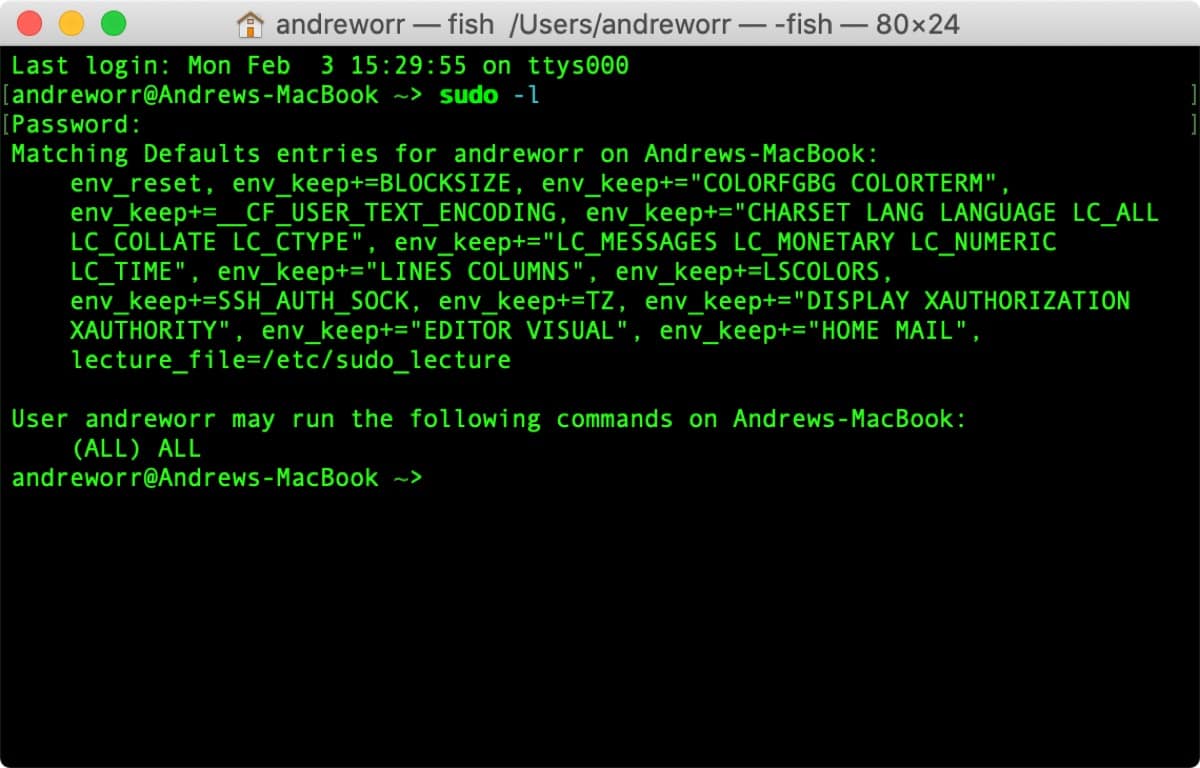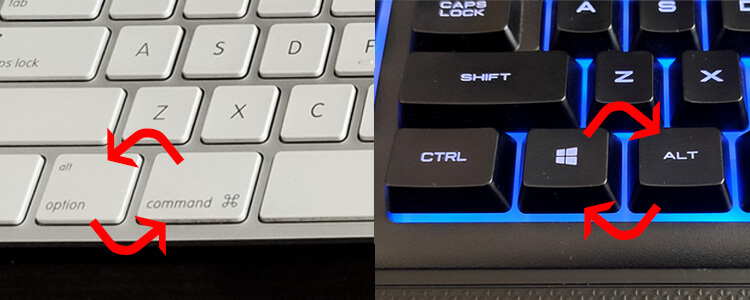

I usually do cmake builds in an empty parallel directory on OS X, so I invoke configure via e.g. on the 'configure' command line, include '-cmake /Applications/CMake.app/Contents/bin/cmake'.
#Mac os cmake command not found install
obtain and install CMake for OS X from.obtain and install gfortran ( only) for your OS X version from verify via 'which gfortran'.obtain gcc from Xcode verify via 'which gcc'.Here's what I've been doing successfully for years, and I just tested this on OS X Catalina:
#Mac os cmake command not found mac os x
You can learn much more about the excellent ditto command by reading its manual page, accessible in Mac OS X by typing:Īs usual, use the arrow keys to navigate up and down in the manual page.īefore you rely on ditto heavily, be sure to try it out a few times with inconsequential file moves and directory merges to understand how it works with your planned usage.As you may have noticed, the CHARMM documentation is not very complete or up to date.

Using the –norsrc flag kind of defeats a primary benefit of ditto, but it can be useful for some cases. If for some reason you don’t want to copy metadata and resource forks, youc an use the –norsrc flag like so:ĭitto -V -norsrc ~/Sample/Folder /Volumes/NoMetadataBackups Note -V is different than -v, which will only show files as output, and not symbolic links. If you’re using ditto to copy data from directories with symbolic links, using the -V (verbose all) flag is valuable because it will display every file and symbolic link that has been copied. Again, the merge behavior occurs when the destination already exists, if the destination doesn’t exist it would be created as specified, or as the source name. This would take all pictures from “Fall2015” and copy them into the pre-existing directory “2015”, effectively merging the contents from the source to the destination. This is important and extremely useful, making it one of the easiest ways to merge the directories from the command line in Mac OS X (though it’s easy now in the Finder too).ĭitto ~/Pictures/Fall2015/ /Volumes/PhotoBackup/2015/ Remember, ditto will check to see if the destination already exists, and if it does, it will merge the directories of the source to the destination. Using Ditto to Merge Directories & Folder Contents If you’re uncertain about the source and destination contents, you can always compare the two with the comm command or the diff command before proceeding with the ditto command. To better understand the ditto command, let’s run through a few examples with real syntax.Īt it’s most simple form, ditto works much like the cp command, with basic syntax as follows:įor example, if you wanted to copy ~/Desktop/FluffyBackups to /Volumes/FluffyBackups/ you would just type the following:ĭitto ~/Desktop/FluffyBackups /Volumes/FluffyBackups/Īgain, this will retain all ownership and resource metadata details of the files copied, which may be particularly important if you’re copying files from one user directory to another, or if you want to preserve something like modification times of files. Finally, ditto also follows symbolic links, making it particularly handy if you’re a heavy user of the ln command. Also, if the destination folder does exist, the copied contents will be merged together in that destination directory. Additionally, ditto can be used to copy a file or folder to a source directory, but if that source doesn’t yet exist, ditto will automatically create it.


 0 kommentar(er)
0 kommentar(er)
